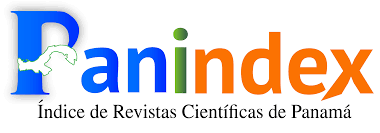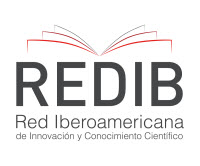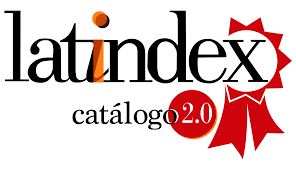Esta obra está bajo licencia internacional https://creativecommons.org/licenses/by-nc-sa/4.0/deed.es
La revista (y sus contenidos) emplean las licencias Creative Commons, específicamente la del tipo CC BY NC SA 4.0, la cual establece que “el beneficiario de la licencia tiene el derecho de copiar, distribuir, exhibir y representar la obra y hacer obras derivadas siempre y cuando reconozca y cite la obra de la forma especificada por el autor o el licenciante”. La licencia del tipo CC BY NC SA 4.0 contempla tres categorías,
- Atribución.
- No Comercialización de la obra.
- Compartir igual
Los lectores son libres de:
- Compartir — copiar y redistribuir el material en cualquier medio o formato
- Adaptar — remezclar, transformar y construir a partir del materialLa licenciante no puede revocar estas libertades en tanto usted siga los términos de la licencia
- Siempre y cuando se respeten y contemplen la atribución de autoría y la no comercialización del material.
Abstract
This article aims to demonstrate how the new scenario 2.0 has established new channels of communication, and it has influenced new ways of doing diplomacy. Romero demonstrates how the great flow of information, emanating from the internet and neuromarketing, have become allies of the teams responsible for creating political campaigns. According to Romero, neuroscience helps determine how a candidate's political discourse affects his audience, how the image of a political party is perceived in the voters, or even the emotions that a citizen experiences regarding a corruption case. Finally, the author affirms that neuromarketing techniques can improve the content and delivering political messages.
References
Damasio, A. (2006). El Error de Descartes: la Emoción, la Razón y el Cerebro Humano.Barcelona: Editorial Crítica.
Kahneman,D.; Tversky, A. (1987). Teoría de la Perspectiva: Un Análisis de las Decisiones Bajo Riesgo. Infancia y Aprendi-zaje,30, 95-124. Levine, R. y Otros. (2008). El Manifiesto Cluetrain. Barcelona:Ediciones Deusto.
Sanagustín, E. (Ed.). (2009). Del 1.0 al 2.0: Claves para entender el nuevo marketing. Creative Commons, Madrid:Bubock Publishing.
Pedraza Sierra, N.R. y Clavijo Romero, B. (2013). El Neuromarketing Aplicado a los Estudios Políticos. Bogotá: Editorial Universidad del Rosario.
Terrés,C.G.(2011). Diplomacia pública 2.0: una propuesta virtual para un mundo real, Revista Mexicana de Política Exterior, 92, Mexico: Instituto Matías Romero.













